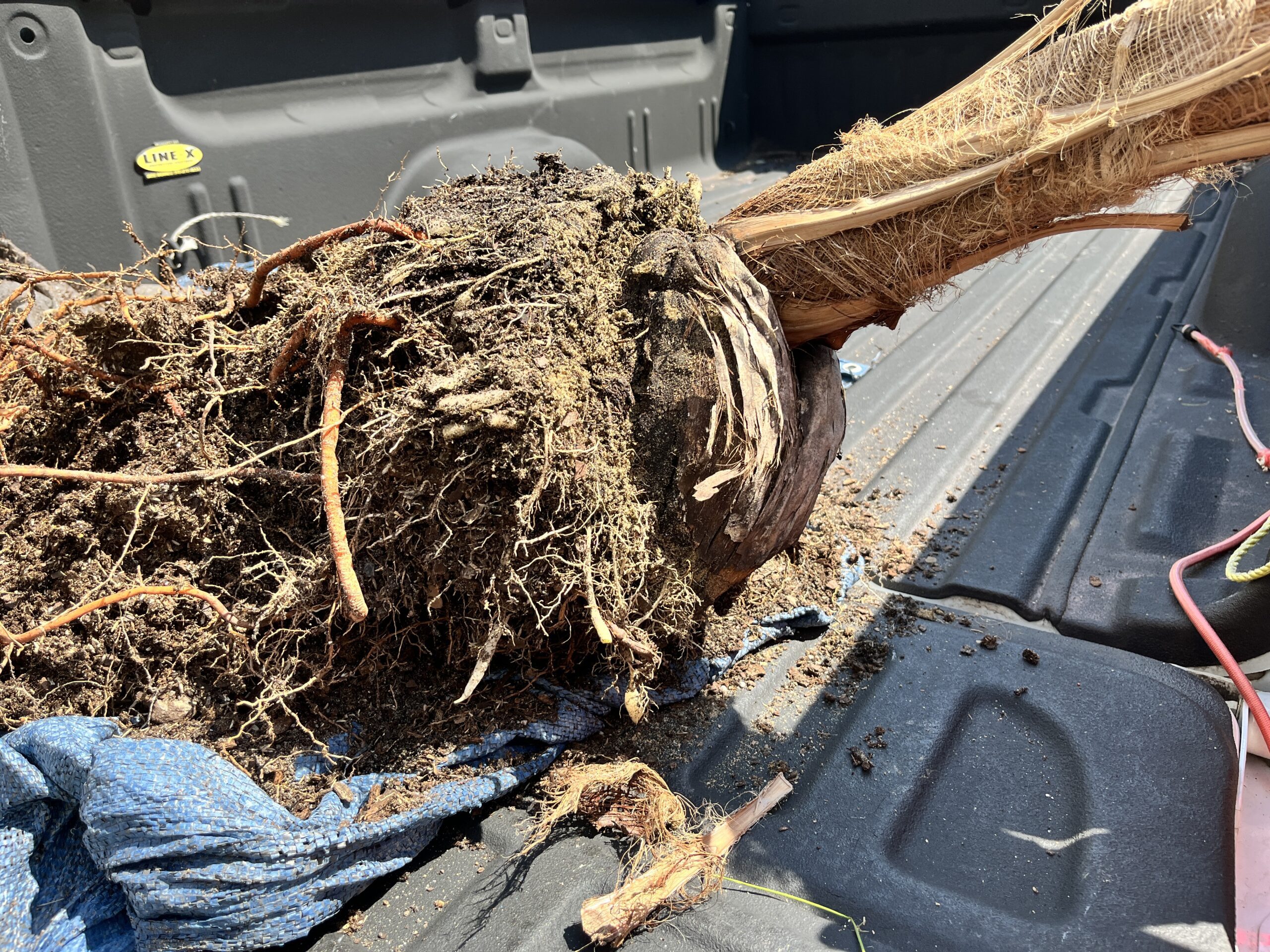A Few of Our Favorite Amaryllis for the Holiday Season
[/fusion_text][fusion_text columns=”” column_min_width=”” column_spacing=”” rule_style=”default” rule_size=”” rule_color=”” hide_on_mobile=”small-visibility,medium-visibility,large-visibility” class=”” id=”” animation_type=”” animation_direction=”left” animation_speed=”0.3″ animation_offset=””]
 Late fall and early winter signal the beginning of amaryllis season. These massive bulbs produce showy, colorful blooms that add the perfect touch to holiday decor–it’s no wonder these flowers have become so popular during this time of year.
Late fall and early winter signal the beginning of amaryllis season. These massive bulbs produce showy, colorful blooms that add the perfect touch to holiday decor–it’s no wonder these flowers have become so popular during this time of year.
Read below for a few of our favorite amaryllis cultivars along with a handful of care tips. Then, stop by the Garden in December to view our holiday amaryllis display in the conservatory.
1. ‘Fairy Tale’
 Amaryllis (Hippeastrum) are known for their big, glamorous blooms that work well in flower arrangements. But even the simplicity of one stem makes a strong statement. ‘Fairy Tale’ is a miniature variety that has luscious raspberry striping over a clean white background.
Amaryllis (Hippeastrum) are known for their big, glamorous blooms that work well in flower arrangements. But even the simplicity of one stem makes a strong statement. ‘Fairy Tale’ is a miniature variety that has luscious raspberry striping over a clean white background.
2. ‘Lemon Star’
 When people think of amaryllis, they often think of typical red flowers at Christmas time. However, many newer varieties introduce colors like yellows and greens to the petals of these seasonal essentials. ‘Lemon Star’ is a great example that shines in soft, creamy yellow that brightens a cold windowsill. Try several stems, unadorned in a tall cylinder vase for a simple, yet elegant display.
When people think of amaryllis, they often think of typical red flowers at Christmas time. However, many newer varieties introduce colors like yellows and greens to the petals of these seasonal essentials. ‘Lemon Star’ is a great example that shines in soft, creamy yellow that brightens a cold windowsill. Try several stems, unadorned in a tall cylinder vase for a simple, yet elegant display.
3. ‘Temptation’
A common misconception of amaryllis is that they only flower around Christmas time. But amaryllis can flower anywhere from six weeks to 12 weeks after planting, depending on cultivar. ‘Temptation’ is one of the later varieties, usually coming into bloom in mid-January. Add some flare to an arrangement by using tropical touches—begonias, for example—and fine textured leaves like those of asparagus fern (Asparagus sprengeri) for contrast.
6 Tips for Growing Amaryllis Successfully
- Pot up bulbs in late fall and early winter and enjoy their procession of flowers. Always use a very well drained potting mix; amaryllis hate to stay wet.
- Keep an eye out for a nasty disease called red blotch caused by the fungus Stagonospora curtisii. This manifests in red blotches or circles on the bulb, leaves and even the flowers. Make sure to sterilize your tools when working on amaryllis to prevent transmission.
- When actively growing, make sure to fertilize your bulbs regularly, as much as once a week. During their growth cycle, the plants are making their flower buds for two years from now.
- Come spring weather, after the danger of frost, place your amaryllis outside for the summer.
- In mid-August, stop watering and place pots in a cool dark place. Let the foliage die back and then cut it.
- Resume watering in October.







